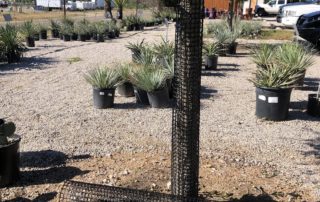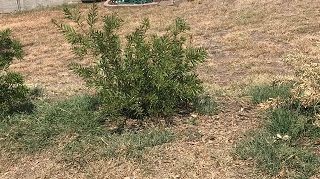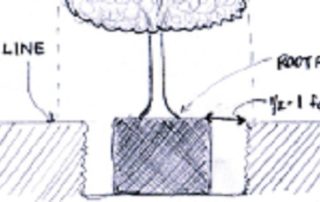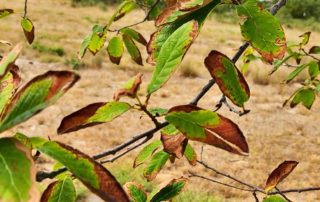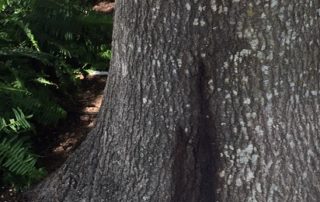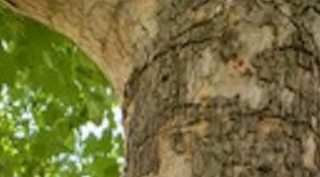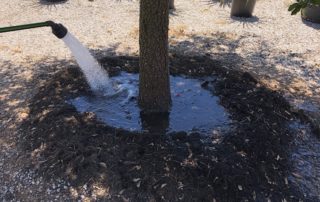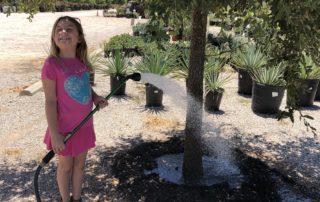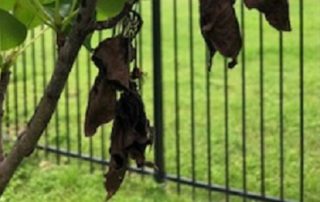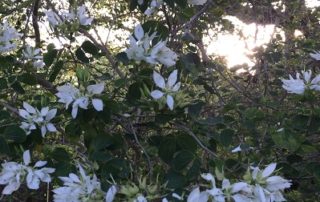Protect Tree Trunks from Damage from Deer
There are few phone calls that I dread as much as the one from a customer whose tree trunk has been rubbed by deer during the night. They wake up to shredded bark and want to know what can be done. Unfortunately, if the damage has gone deep enough to damage the vascular tissue, trimming off the loose pieces of bark is about all that can be done. This type of damage is NOT REPAIRABLE! The tree is not able to "grow" new vascular tissue. [...]

